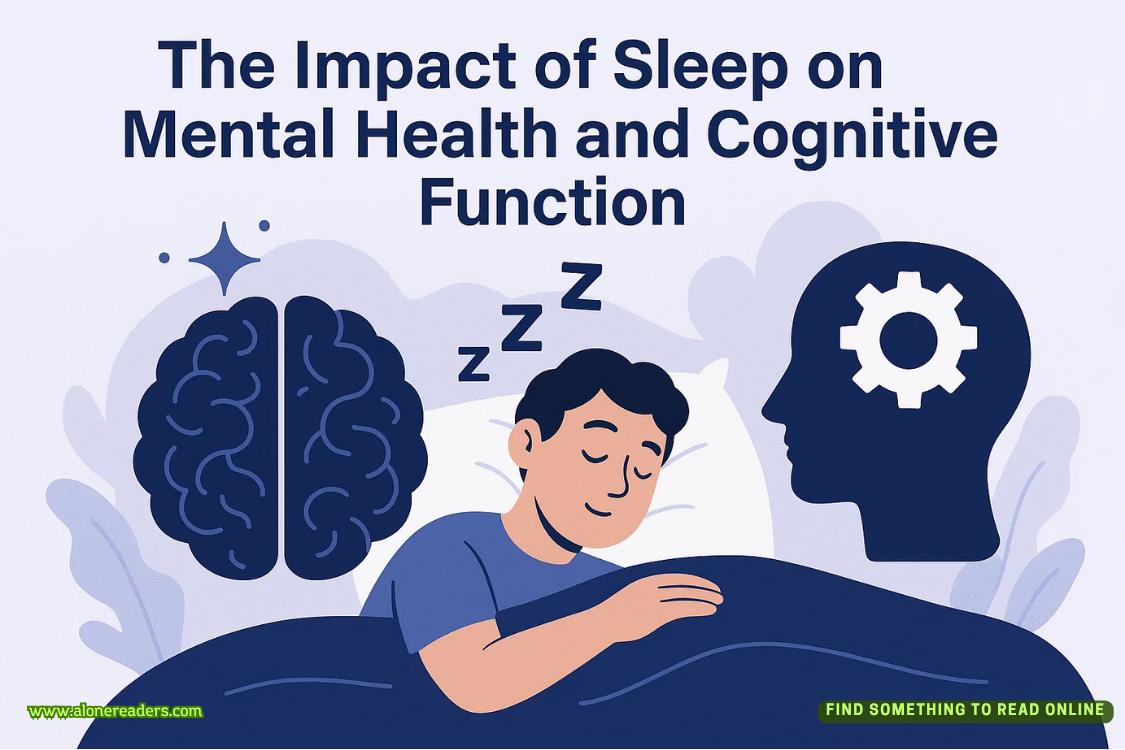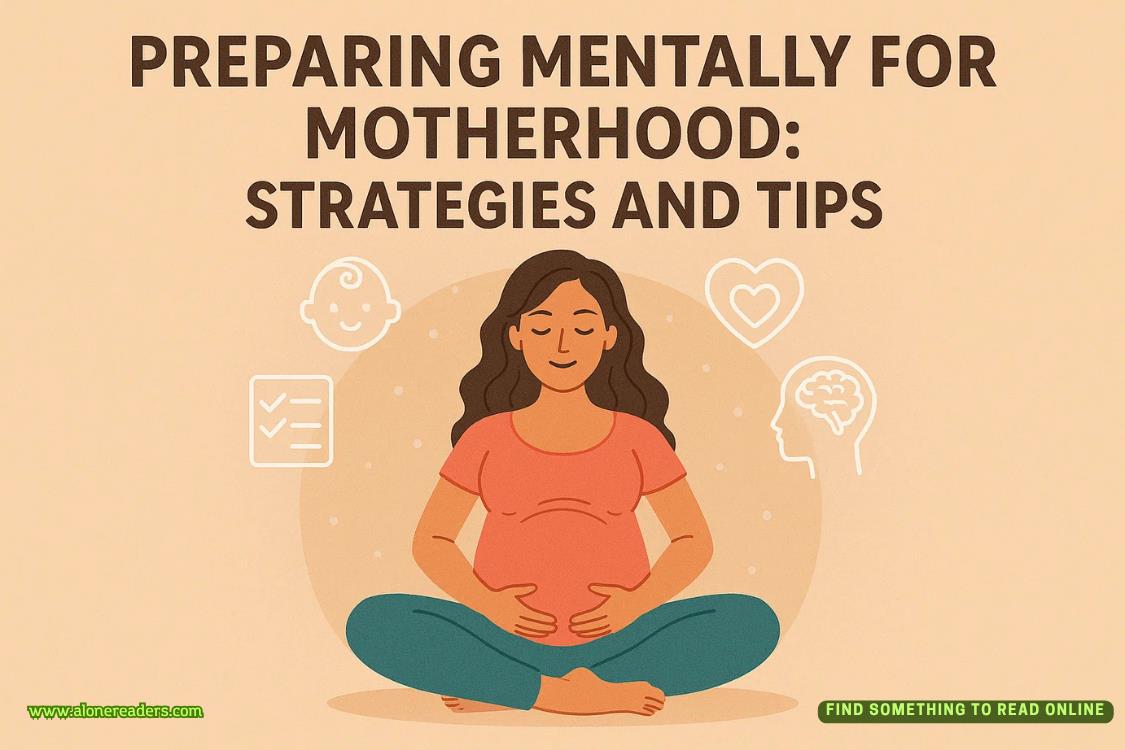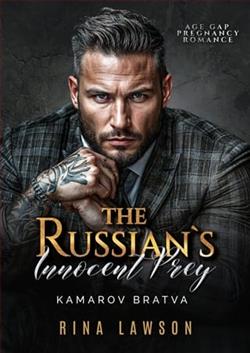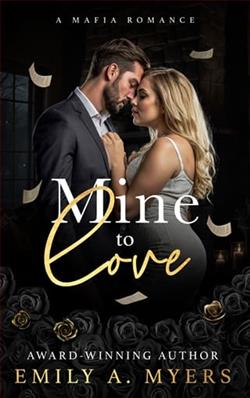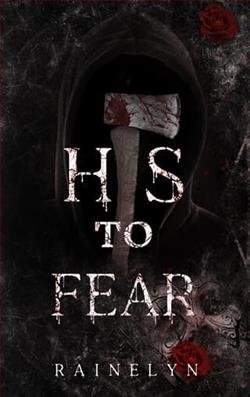Page 47 of Giovanni
I use the robust central heating as an excuse, even if it’s mostly accurate, and why everyone dislikes this courtroom. It’s stifling in the winter and freezing in the summer.
“I think it’s because the judge is elderly.”
I bristle at the remark. It strikes me as a bit off-color and ageist, attributing the courtroom’s temperature issues to the judge’s age. It’s an unnecessary and unfair accusation. However, I choose to hold my tongue, realizing that voicing my thoughts might not be helpful to the victim’s cases we are handling today if I get sideways with my colleague at the start of the day.
I return to work, refocusing on the cases while waiting for the victim to arrive. We’ve come too far in many of them for me to be distracted now, and I push the thoughts of Giovanni to the back of my mind.
The morning passes in a blur of legal proceedings. I navigate each hearing professionally and confidently, delivering arguments with precision and responding to the judges’ questions with clarity. Between hearings, I scarf down a protein bar and almonds, a far cry from last night’s delicious dinner.
As the day wears on, the cases become increasingly complex. My mind is a whirlwind of legal statutes, case precedents, and strategic maneuvering. Despite the intensity of the day, I find my rhythm in the proceedings, a flow that comes from years of experience in the courtroom.
I’m collapsed in my chair, papers in hand, waiting for the final case of the day. Giovanni has texted a couple of times asking if we can go out tonight after our session at the gym. I initially agreed, thinking a night on the town would be exhilarating. With how long and exhausting this day is, I think anight on the couch with a glass of wine sounds better. I send him a quick text.
I might be late to our session. It’s running an hour late with all the dockets adding extra time.
No worries. You know I’ll wait for you.
I smile at my phone. Of course, he’d wait. His patience is one of many things I like about him. He understands that my career comes first and respects the importance of it.
I’m excited to see you.
He adds, and I chuckle, garnering the attention of my co-counsel, which I wave away with a shake of my head.
You just saw me last night.
Yes, but I can still be excited to see you.
I’m flattered. It’s refreshing how open he is with me.
Not sick of me yet?
Not a chance, Kac. If anything, you’re addicting. I’ve always had a thing for milk chocolate.
I cover my mouth while laughing, which is not the appropriate response in court. Since we are between cases, I can get away with it a little.
Oh my, I don’t know what to say.
Do you know what goes well with milk chocolate?
I can’t hide my smile when I drop my hand to respond.
What?
Me!
I was thinking more along the lines of food. His response makes my smile even bigger. The courtrooms stir to life around me, and I shoot off a quick text that I must run but will text him as soon as I’m done. He closes with a kiss emoji before I lock and stow away my phone.
As the victim and her family arrive, I quickly greet them. We gather in a private room, where I carefully go over all the details we’ve discussed in previous meetings, ensuring they’re fully prepared for the hearing ahead. I focus on making them feel as comfortable and informed as possible, aware of the emotional toll a day in court can bring.
The court proceedings commence with a solemn undertone despite the rumbling of the gallery behind us. The judge’s gavel rattles a couple of times to quiet the chatter, which is a bad omen. A disruptive gallery brings unease to the proceedings and usually leads to emotional outbursts that can jar the victim’s testimony, which is the last thing we need today.
The victim, a slight figure with a quiet determination etched into her features, is seated at the front of the courtroom to give her testimony. Despite the tremble in her voice, an unmistakable strength resonates through her words.
She does very well as I lead her through the practiced line of questioning, focusing on me and the jury. Her eyes never venture to the defendant, whose demeanor shifts alarmingly fast. His brows knit together in anger, his jaw clenched tight, and his hands, rough and calloused, curl into fists on top of the table. My eyes move from him to his attorney to the bailiff against the wall as the courtroom becomes tense.
When I ask her for details of the attack, he suddenly bursts forward, eyes wild, hurling threats as he lunges forward. The room erupts into chaos, chairs scraping against the floor as people jump up in a panicked rush. My heart races, pounding against my ribcage. My hands, usually steady and sure, tremble slightly as I race toward the victim.
Her face is pale, her eyes wide with fear, and she is quickly whisked away to the judge’s chambers by a sturdy, uniformed officer. The judge, a middle-aged woman with a stern countenance, follows closely behind them. The jury members, caught off guard by the sudden turmoil, are quickly escorted out of the courtroom by a court officer. They are led back to their designated deliberation room, away from the chaos of the courtroom.
